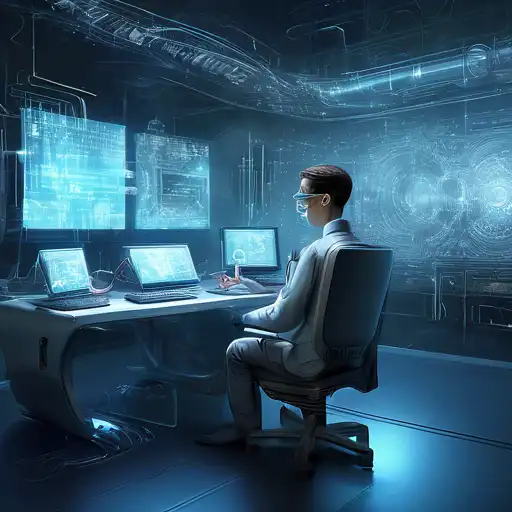Introduction to Computer Vision Technology
Computer vision technology has seen remarkable advancements in recent years, transforming how machines interpret and understand the visual world. From enhancing security systems with facial recognition to enabling autonomous vehicles to navigate safely, the applications are vast and varied. This article delves into the latest breakthroughs in computer vision, shedding light on how these innovations are shaping the future.
Key Advancements in Computer Vision
Several key advancements have propelled computer vision technology forward. These include the development of more sophisticated algorithms, the advent of deep learning, and the increased availability of large datasets for training purposes. Below, we explore some of the most significant breakthroughs:
- Deep Learning Models: The use of convolutional neural networks (CNNs) has revolutionized image recognition tasks, achieving accuracy levels that rival human performance.
- Real-time Processing: Advances in hardware and software have enabled the real-time analysis of video feeds, opening up new possibilities for surveillance and interactive applications.
- 3D Image Reconstruction: Techniques for reconstructing three-dimensional scenes from two-dimensional images have improved dramatically, benefiting fields such as medical imaging and virtual reality.
Applications of Advanced Computer Vision
The practical applications of these advancements are numerous. Here are a few areas where computer vision is making a significant impact:
- Healthcare: From diagnosing diseases through medical imaging to assisting in surgeries, computer vision is enhancing patient care.
- Automotive: Autonomous vehicles rely heavily on computer vision to interpret their surroundings and make driving decisions.
- Retail: Cashier-less stores and personalized shopping experiences are becoming a reality thanks to computer vision.
Challenges and Future Directions
Despite these advancements, challenges remain. Issues such as privacy concerns, the need for vast amounts of training data, and the risk of algorithmic bias are areas that require attention. Looking ahead, the integration of computer vision with other technologies like artificial intelligence and the Internet of Things (IoT) promises to unlock even more potential.
Conclusion
The field of computer vision is evolving at an unprecedented pace, driven by continuous innovations in algorithms, processing power, and data availability. As these technologies mature, we can expect to see even more transformative applications that will further integrate computer vision into our daily lives. The future of computer vision is not just about seeing the world but understanding it in ways we never thought possible.
